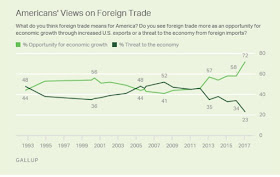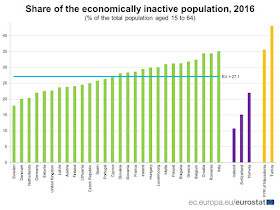Unless you’ve been living on another planet for the last ten years, you’ll be aware that universities have lost the reputation they once had for free speech and open debate. This new “academic bigotry”, to coin a phrase is nicely described in this Spectator article. I particularly like the opening paragraph.
I actually dealt with this subject a month or two ago on this blog, and mentioned that comments on LSE blog articles seem not to get published if they criticise relevant articles.
That is not to suggest that NON-ACADEMIC authors are any different: the point is that universities are supposed to be all about free speech and open debate. They have a duty to promote those two.
Moreover, it is basically dishonest to allow comments after an article and then fail to publish the comments that disagree with your article. That is, the perhaps naïve assumption made by many readers is that ALL COMMENTS (apart perhaps from grossly offensive or blatantly stupid comments) will be published. I.e. if authors want to publish just complimentary comments, they should say so in their articles. But of course that would make them look stupid. Much better the above mentioned “dishonest” ploy.
Anyway, the latest example “LSE terror of free speech” is this article. I left two critical comments, but neither was published. The moral is: don’t take the absence of criticism in the comments after an article as evidence that those who have read the article approve of it. There may be loads who think the article is rubbish, but the author has chosen not to publish their comments.
Re how many comments I don’t publish on this blog of mine, the answer is “virtually none”, and I’ve no good reason to censor comments in that I find abusive or offensive comments are rare in the extreme. I very occasionally don’t publish a comment which is plain stupid. I do that about once every six months.
The main reason I have comment moderation is to get rid of comments which are clearly off topic and aimed at selling or promoting something: they normally include a link to some firm with some product on offer. A common example (no doubt because this blog is largely concerned with banks, lending, etc) is pay day lenders trying to sell their wares.
But even the latter “commercial” comments are less frequent than they used to be, thus I might switch off comment moderation in the near future and see how it goes.
__________
Stop press (3rd Aug). Bill Mitchell of "Billyblog" who I mentioned in my earlier article on this subject, continues to be a bit selective as to which comments get published. One of mine wasn't published a couple of days ago, though in fairness he has published at least 90% of my comments over the last five years or so.















































